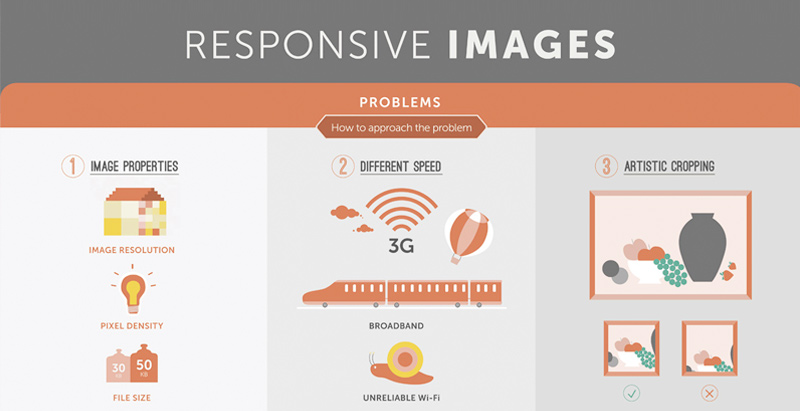Fascinated In Discovering How Site Layout Has Progressed For Many Years? Explore The Journey From Uncomplicated Styles To User-Centered Approaches
Fascinated In Discovering How Site Layout Has Progressed For Many Years? Explore The Journey From Uncomplicated Styles To User-Centered Approaches
Blog Article
Authored By-Kinney Peters
In the past, sites were simple and focused on info. Navigation was straight, and design was for desktops. Currently, user experience is essential. Data guides styles for simple navigating. Responsive layouts suit different gadgets. Today, dark mode minimizes stress, and minimalist menus improve navigating. Interactive attributes involve customers, and bold visuals attract attention. AI integration enhances engagement. See how design has developed to boost your online trip.
Early Days of Web Design
In the very early days of website design, simpleness preponderated. Web sites were standard, with limited shades, fonts, and designs. The emphasis was on supplying details rather than flashy visuals. Customers accessed the net through sluggish dial-up links, so rate and capability were essential.
Navigation food selections were straightforward, generally situated at the top or side of the page. Websites were designed for computer, as mobile browsing had not been yet widespread. Material was king, and designers prioritized simple readability over complex design aspects.
HTML was the main coding language used, and designers needed to function within its restraints. Computer animations and interactive attributes were marginal contrasted to today's requirements. Internet sites were fixed, with little dynamic material or customized user experiences.
Increase of User-Focused Design
With the advancement of web site design, a shift in the direction of user-focused style concepts has come to be progressively popular. Today, producing web sites that focus on user experience is vital for engaging site visitors and achieving company goals. User-focused layout entails recognizing the demands, preferences, and behaviors of your target audience to tailor the website's format, material, and includes as necessary.
Designers currently conduct thorough study, such as individual surveys and use testing, to collect understandings and responses directly from individuals. This data-driven technique assists in developing user-friendly navigating, clear calls-to-action, and visually enticing interfaces that resonate with visitors. By placing the individual at the center of the style procedure, websites can deliver a much more personalized and satisfying experience.
you could try here has actually likewise become an essential element of user-focused style, making sure that sites are enhanced for numerous gadgets and screen dimensions. This adaptability improves availability and usability, dealing with the diverse methods users engage with sites today. Essentially, the rise of user-focused layout represents a change towards developing electronic experiences that focus on the needs and assumptions of the end user.
Modern Trends in Website Design
Explore the current patterns forming web design today. One famous trend is dark mode design, using a smooth and modern look while reducing eye stress in low-light settings. An additional crucial trend is minimalist navigating, streamlining menus and boosting customer experience by focusing on essential elements. Integrating micro-interactions, such as computer animated switches or scrolling impacts, can create a much more interesting and interactive site. Receptive style continues to be essential, guaranteeing smooth individual experiences throughout numerous devices. Furthermore, utilizing bold typography and asymmetrical designs can include aesthetic interest and accentuate details material.
Integrating AI innovation, like chatbots for consumer assistance or customized suggestions, improves individual involvement and enhances procedures. Accessibility has likewise end up being a substantial trend, with designers focusing on inclusive style techniques to cater to varied customer requirements. Embracing sustainability by maximizing site performance for speed and performance is another arising fad in website design. Working together with customer responses and information analytics to repeat and improve design continuously is essential for staying relevant in the ever-evolving digital landscape. By accepting these contemporary patterns, you can produce a visually appealing, user-friendly site that reverberates with your target market.
Final thought
As you reflect on the development of internet site style from the early days to currently, you can see just how user-focused layout has become the driving pressure behind modern-day fads.
Embrace the journey of modification and adjustment in website design, constantly maintaining the customer experience at the center.
Tippingpointdigital
Stay existing with the most recent trends and technologies, and never ever stop progressing your technique to develop visually spectacular and straightforward websites.
Develop, adjust, and produce - the future of website design is in your hands.
